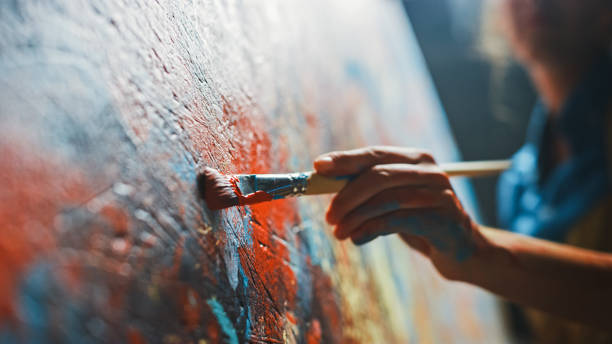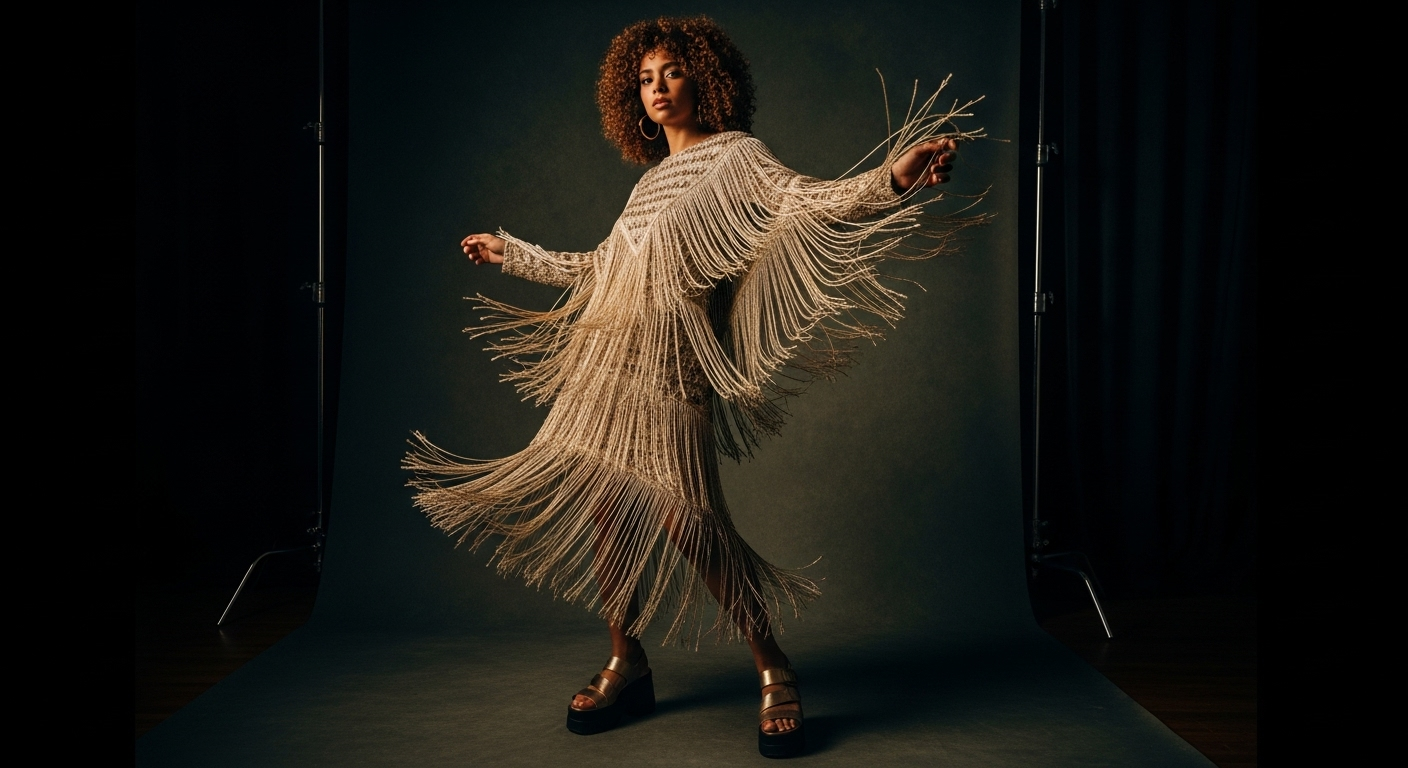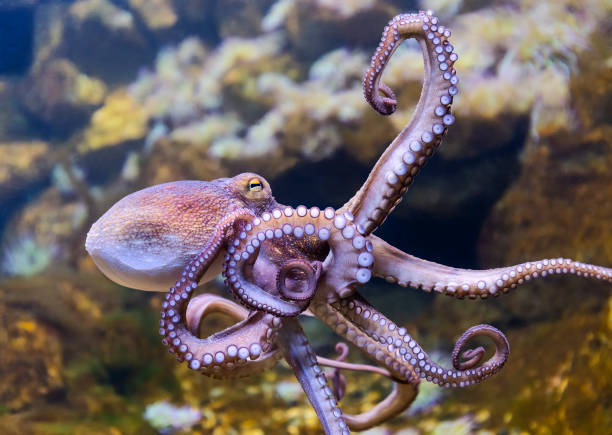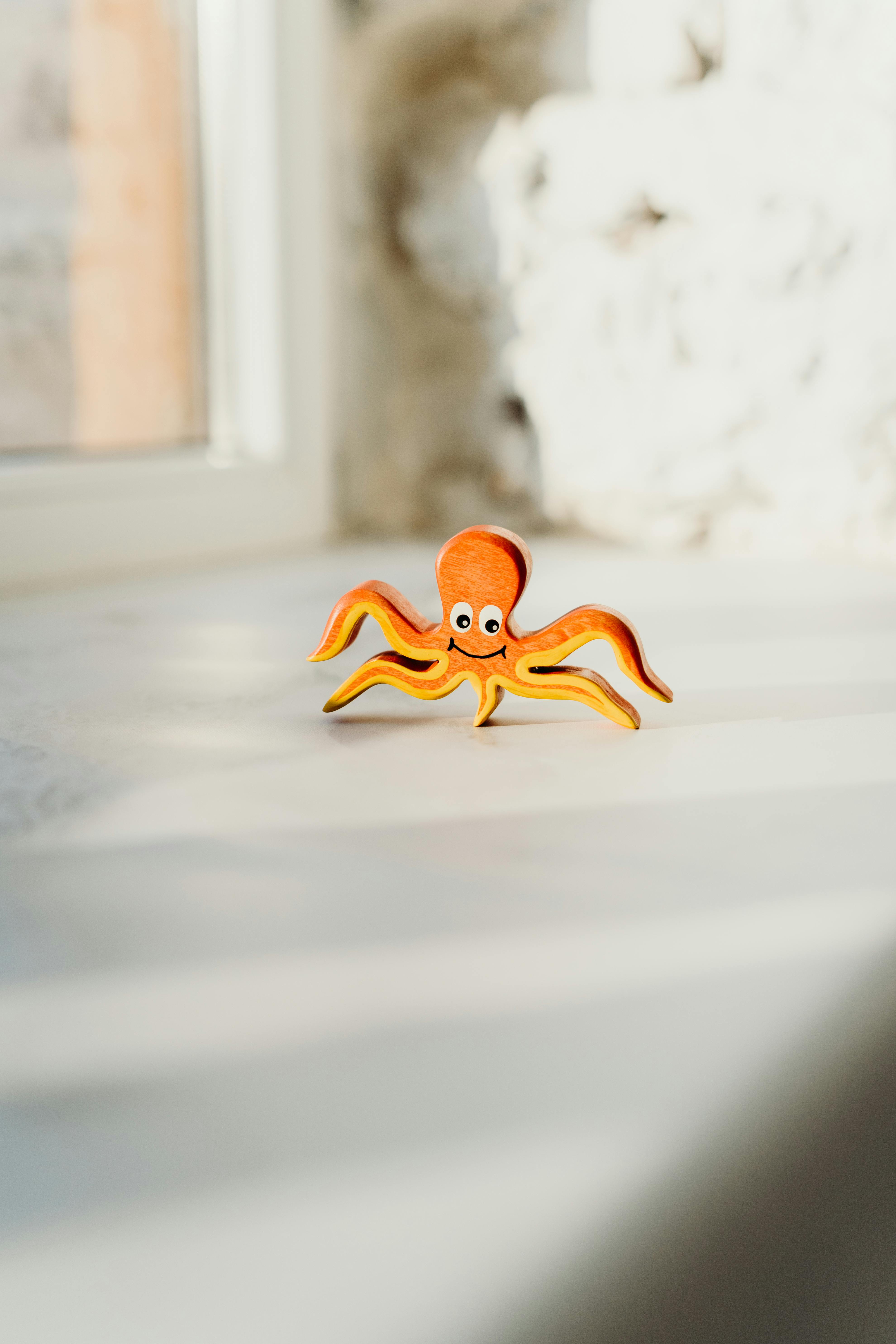Unfurling the Canvas of Modern Portraiture: A New Age in Art
Introduction: Modern portraiture is stepping out of the confines of realism, transforming the canvas into a playground for abstract expression and profound narratives. This piece dives into the evolution of this genre, acknowledging its roots while celebrating its contemporary strides.

Historical Roots and Modern Developments
The art of portraiture has a rich and varied history, originating in the ancient civilizations of Egypt and Greece. Initially, portraits were reserved for the affluent and powerful, serving as a statement of status and prestige. However, the Renaissance era democratized this art form, making it accessible to the common people.
Fast forward to the 21st century, and portraiture has evolved significantly. Today’s artists are less concerned with capturing physical likeness and more focused on depicting the inner psyche, emotions, and experiences of their subjects. This shift is not just a stylistic change but a profound redefinition of what portraiture can be.
The Modern Portrait: A Canvas of Emotion and Narrative
Modern portraiture has become a powerful tool for storytelling. Artists are using color, form, and composition to create narratives that extend beyond the physical appearance of their subjects. This approach allows artists to tackle themes of identity, societal norms, and emotional introspection, providing viewers with an immersive and thought-provoking experience.
The Impact and Significance of Modern Portraiture
The impact of modern portraiture is vast, extending beyond the boundaries of the art world. It challenges viewers to confront and understand the complex layers of human identity and experience. This genre has also provided a platform for underrepresented voices, with many artists using their work to explore themes of race, gender, and social justice.
The Reception of Modern Portraiture
The reception of modern portraiture has been largely positive, with critics and audiences alike praising the genre’s innovative approach and emotional depth. Many contemporary portrait artists have received significant recognition, signaling a growing appreciation for this art form. However, like any form of artistic expression, modern portraiture has also faced its share of criticism, particularly from traditionalists who prefer more realistic depictions.
The Future of Modern Portraiture
As we look towards the future, it’s clear that modern portraiture will continue to evolve and push boundaries. This genre will unquestionably remain a vital part of the artistic landscape, continuing to challenge, captivate, and inspire viewers around the world.
In conclusion, modern portraiture is more than just a genre within the art world. It’s a powerful form of expression, a tool for storytelling, and a platform for change. As we continue to navigate the complexities of the modern world, the importance and relevance of this art form will only grow.




